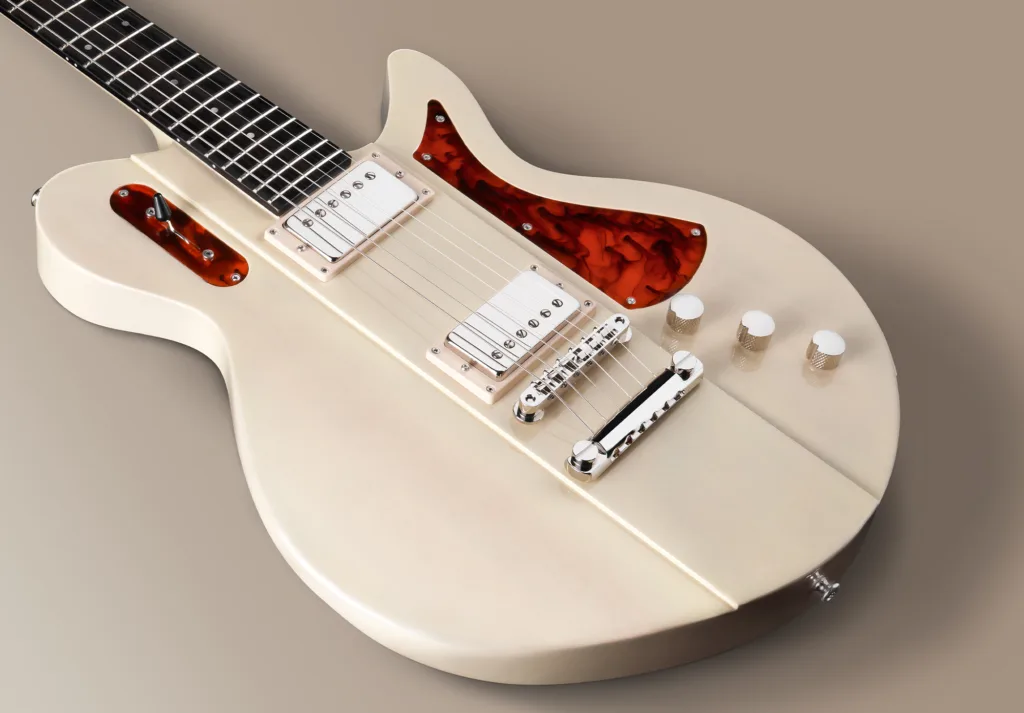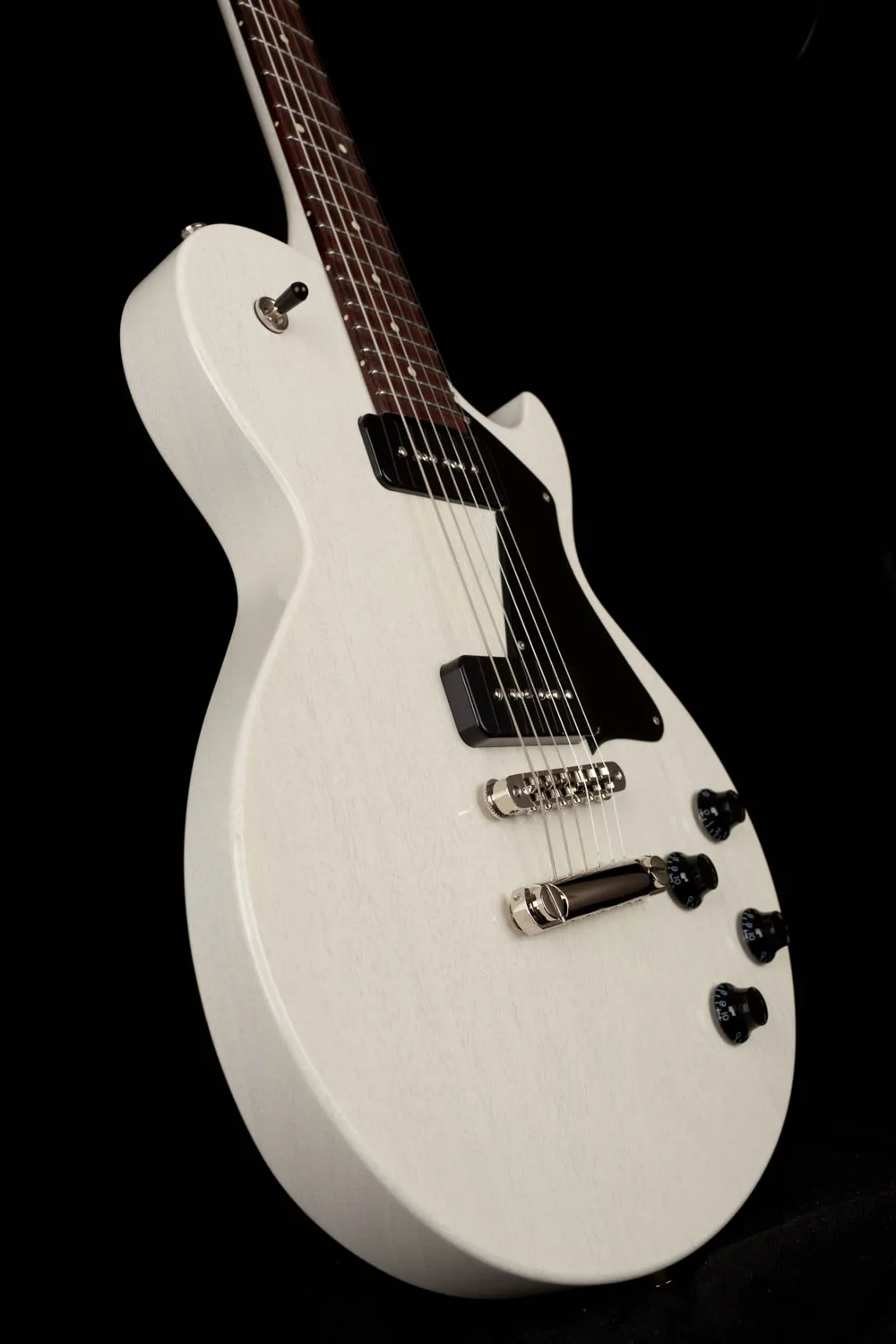Are you in the market for a new guitar and wondering if solid body guitars sound better? As someone who has been playing guitar for years, I’ve asked this question myself multiple times. There’s so much debate surrounding this topic, with some saying that solid bodies have a more versatile tone while others claim that hollow bodies produce a warmer sound.
In this article, we’ll delve into the truth behind the tone of solid body guitars. We’ll explore how their construction affects their sound, compare them to other guitar types, and discuss which styles of music they excel in. By the end, you’ll have a clearer understanding of which type of guitar is right for you and your musical goals. So let’s dig in and uncover the mystery behind solid body guitars!
So, Do solid body guitars sound better?
The answer to this question is subjective and can vary depending on personal preference. Some musicians may argue that solid body guitars have a brighter, more defined tone due to the lack of resonance from a hollow or semi-hollow body. Others may argue that the added resonance in hollow or semi-hollow bodies creates a warmer, fuller sound.
Ultimately, it comes down to what type of sound you are looking for and how you play the guitar. Solid body guitars are commonly used in genres such as rock and metal where a clear, punchy tone is desired. On the other hand, jazz and blues musicians often prefer the warmth and depth of tone from hollow or semi-hollow body guitars.
It’s also important to consider the quality of materials and craftsmanship when determining overall sound quality. A well-made solid body guitar can produce excellent tones just as much as a well-made hollow or semi-hollow body guitar.
In conclusion, there is no definitive answer as to whether solid body guitars sound better than other types of guitars. It ultimately depends on personal preference and playing style. The best way to determine which type suits your needs is by trying out different guitars yourself and seeing which one speaks to you sonically.
Understanding the Anatomy of Solid Body Guitars
Solid body guitars have a unique design that sets them apart from their hollow and semi-hollow counterparts. When you hold one, you’ll notice the sleek, dense feel of the wood. This type of guitar boasts a solid wooden block for its body, giving it an unmistakable weight and tone. Unlike other types that echo vibrations through a hollow chamber, these rely on direct string vibration captured by pickups to produce sound.
The components play crucial roles in shaping this instrument’s character. The neck is usually bolted or glued to the body and can be made from materials like maple or mahogany. This part determines much about how you’ll handle your guitar—its shape affects grip comfort while playing those intricate solos or simple chords. Next up are the pickups. These magical devices convert string vibrations into electrical signals sent to your amplifier, creating everything from clean shimmer to aggressive distortion depending on their configuration.
Key elements include:
- Tuning pegs: Allow precise adjustments for pitch.
- The bridge: Anchors strings; influences sustain & tone.
- Pots (potentiometers): Control volume & tone settings.
- Pickguard: Shields finish from pick wear.
Each piece contributes distinctively towards crafting endless musical possibilities at your fingertips.
Isn’t exploring such nuanced artistry exciting?
Exploring the Sound Quality and Tone of Solid Body Guitars
When you first pick up a solid body guitar, the initial sensation is one of pure power. Unlike their hollow or semi-hollow counterparts, these guitars offer a tight and focused sound that’s both crisp and commanding. This clarity comes from their lack of resonating chambers, allowing for less interference and more direct transmission of the string vibrations to the pickups. Think of it like having a clean canvas where every note is precisely defined — there’s no room for unwanted echoes or feedback.
What really sets each solid body guitar apart are its unique elements. From the type of wood used in the body to the variety of pickups installed, everything contributes to its distinct tone. For instance:
- Alder: Known for balancing bright highs with strong lows.
- Mahogany: Offers warmth and depth.
- Maple necks: Add brightness and sustain.
Each combination can drastically change how your guitar sounds when plugged into an amp. It’s not just about volume; it’s richness, texture, detail — all those things that make music feel alive.
In simpler terms: If you’ve ever felt goosebumps listening to your favorite solo, chances are good it’s thanks to this remarkable design engineering behind solid bodies!
Read also: Does Taylor Swift use acoustic or classical guitar
Comparing Solid Body Guitars with Hollow and Semi-Hollow Bodies
When it comes to choosing a guitar, the difference between solid body, hollow body, and semi-hollow body guitars can be pretty fascinating. Solid body guitars are like the dependable workhorse of the lineup. They’re typically made from a single piece of wood or several pieces glued together and have no open spaces inside. This design makes them incredibly sturdy and less prone to feedback at high volumes. You’ll often find rockers jamming out on these because they offer a thick, sustained sound that’s perfect for genres like rock and metal.
On the other hand, hollow and semi-hollow body guitars bring their own unique flavors to the table. Hollow bodies are crafted with an empty chamber inside which gives them that rich, warm tone that’s ideal for jazz and blues enthusiasts. However, this same feature makes them more susceptible to feedback when cranked up too loud—something players need to watch out for during gigs! Semi-hollows strike a happy medium; they’ve got some hollow space but also possess a solid center block that helps control unwanted noise while still delivering those sweet overtones musicians crave.
- Solid Body: Durable, minimal feedback.
- Hollow Body: Warm tones but more feedback-prone.
- Semi-Hollow Body: Balanced tone with reduced feedback risks.
Each type has its charm depending on your style and needs. So next time you pick up a guitar, think about what kind of music you’ll be playing—it could make all the difference!

Notable Musicians and Their Preference for Solid Body Guitars
When you think about rock legends, you might picture them wielding their iconic solid body guitars. These instruments, with their sleek finishes and electric vibes, have a particular allure for many musicians. Take Jimi Hendrix, for example. His Fender Stratocaster wasn’t just a guitar; it was an extension of his soul. Solid body guitars like the Strat allowed him to crank up the volume without any annoying feedback—a crucial feature when you’re playing in front of thousands of screaming fans.
Another great example is Eddie Van Halen’s Frankenstrat. This custom-made beauty combined elements from various guitars to suit his unique style. The solid body design gave him the sustain he needed for those mind-blowing solos that everyone tries to emulate but few can master. Similarly, modern-day virtuosos like John Mayer often turn to these reliable instruments because they offer unparalleled tonal consistency and durability during extensive tours.
- Jimi Hendrix: Fender Stratocaster – Iconic sound and style.
- Eddie Van Halen: Frankenstrat – Custom-built innovation.
- John Mayer: Various models – Reliability on tour.
These artists prove time and again that a well-crafted solid body guitar can be more than just an instrument—it can become part of your musical identity.
You may also like: Is Real piano free
Unveiling the Truth – Do Solid Body Guitars Truly Sound Better?
It’s a question that keeps music enthusiasts up at night: do solid body guitars truly sound better? Let’s dive in. At first glance, it’s easy to be seduced by their robust appearance. Imagine picking up a Fender Stratocaster or a Gibson Les Paul – these are instruments with weight and presence. The belief is that the dense, unyielding wood gives rise to richer tones and sustain that seems to last forever. When you strum those strings, it feels like the guitar sings back at you with clarity and power.
However, there’s more than just aesthetics at play here. Solid body guitars excel in environments where feedback might plague hollow bodies. Picture yourself on stage with amps cranked high; a solid body withstands this pressure without succumbing to unwanted noise. The reliability they offer makes them favorites for rockers and metalheads alike who crave consistent performance under intense conditions. But does this mean they’re inherently superior? That largely hinges on personal preference—some players find joy in the warm resonance of semi-hollow or hollow designs, which produce softer vibrations ideal for jazz or blues.
In short:
- Solid bodies boast durability.
- They handle feedback superbly.
- Their tone is often clearer and more sustained.
So while many swear by the sonic advantages of solid body guitars, others delight in the unique voice offered by alternatives.
Ultimately, it’s about what resonates most deeply with your musical soul.
Read also: how many keys on a grand piano

